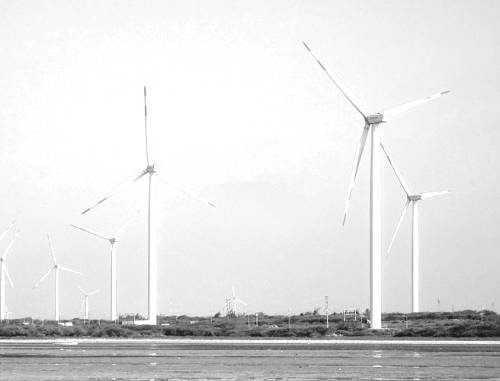
As long as investors pour money into industries that promote climate change, there is not chance of the Paris Accord succeeding.
In many ways, the effects of the present money and banking system – financial instability, unemployment, rising debt levels are usually thought of as economic issues. Yet not everything should be read in purely economic terms. The economy leaves deep marks on the social and material world in which it is embedded. And climate change is perhaps the deepest mark of all.
Money is intimately related to the environment. Our mission statement at Positive Money – to help build a ‘fair, democratic and sustainable economy’ – makes explicit reference to this. Where funds flow; what sort of activities receive finance; how we measure the return on investments – all of these questions have consequences for climate change. The ideal monetary system would not promote certain activities to the detriment of our environment in the way the current one does.
These claims are no longer radical or peripheral. A strong consensus exists among international civil society as to the ‘urgent need to accelerate the transition to a green economy by better aligning the financial system to the resilience and the long-term success of the real economy’. These words are those of the United Nations Environment Programme (UNEP) Inquiry into the Design of a Sustainable Financial System. The international community displays some appetite for change, with the G20 supporting efforts at UNEP.
Progress so far has been patchy. The problem has two dimensions:
On the one hand, new projects and developments in the green economy need money to get started. That simple fact has sparked a lot of energy over how to grow green finance in a productive and sustainable manner, and here the UNEP Inquiry has led the way.
However, irrespective of how the green market develops, a second area also demands attention: how the existing system channels money towards destructive activities. The Fair Finance Guide estimates that banks lend hundreds of billions of dollars to fossil fuel companies every year, to say nothing of energy-intensive industrial and transport sectors.
At Positive Money we are currently producing research on these issues. While bank lending and capital markets are major climate culprits, we have focused largely on the role of the central bank in orchestrating the monetary and financial system. Financial markets – like any market – don’t operate in a vacuum. They respond to policy levers and are (in places) hemmed in by regulation. So too banks, although motivated by profit, adopt tools and practices incentivised by regulatory authorities. Policymakers need to make sure that those practices are the right ones for the future of our planet.
Moreover, monetary policy has its own climate profile. The record is far from clean. Research at the Grantham Institute charts the impact of quantitative easing at the Bank of England and European Central Bank and finds that the asset purchase programmes of each have privileged high-carbon sectors. In part, this is due to central banks’ fixation on maintaining the ‘market neutrality’ of their interventions. Policies designed to fit a market that overvalues environmental degradation will replicate the harm. Our public institutions need to do better than this.
Both dimensions of sustainable finance – growing low-carbon and reducing high-carbon – apply to the central bank. Its policies shouldn’t promote dirty investments at the expense of green industries, either through its own money creation or in how it regulates banks and financial markets. Several voices go further and press for active support for green projects by the central bank – a sort of ‘Green QE’.
Such proposals and the terse reception they receive from central bankers raise new questions. Is the traditional institutional framework of central banks compatible with a low-carbon economy? Is the ‘financial system we need’ really so similar to the current one, just with more green bonds? And where is radical change most needed? These questions are growing in popularity. Positive Money’s forthcoming research will seek to provide answers.


Be the first to comment